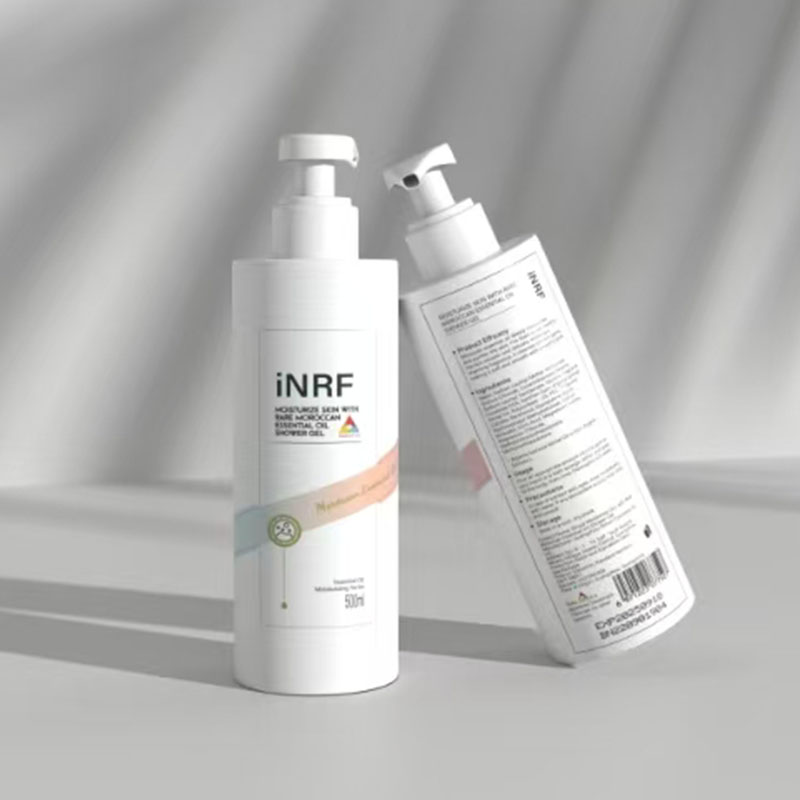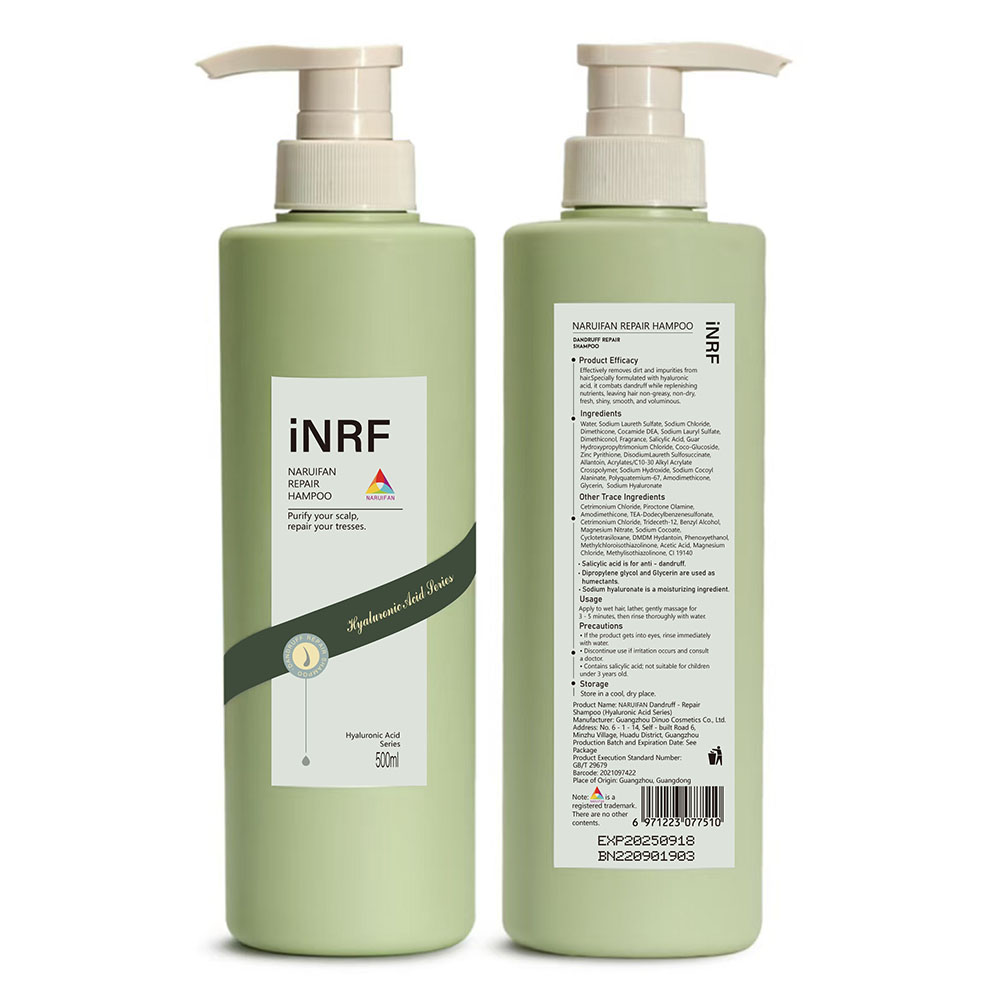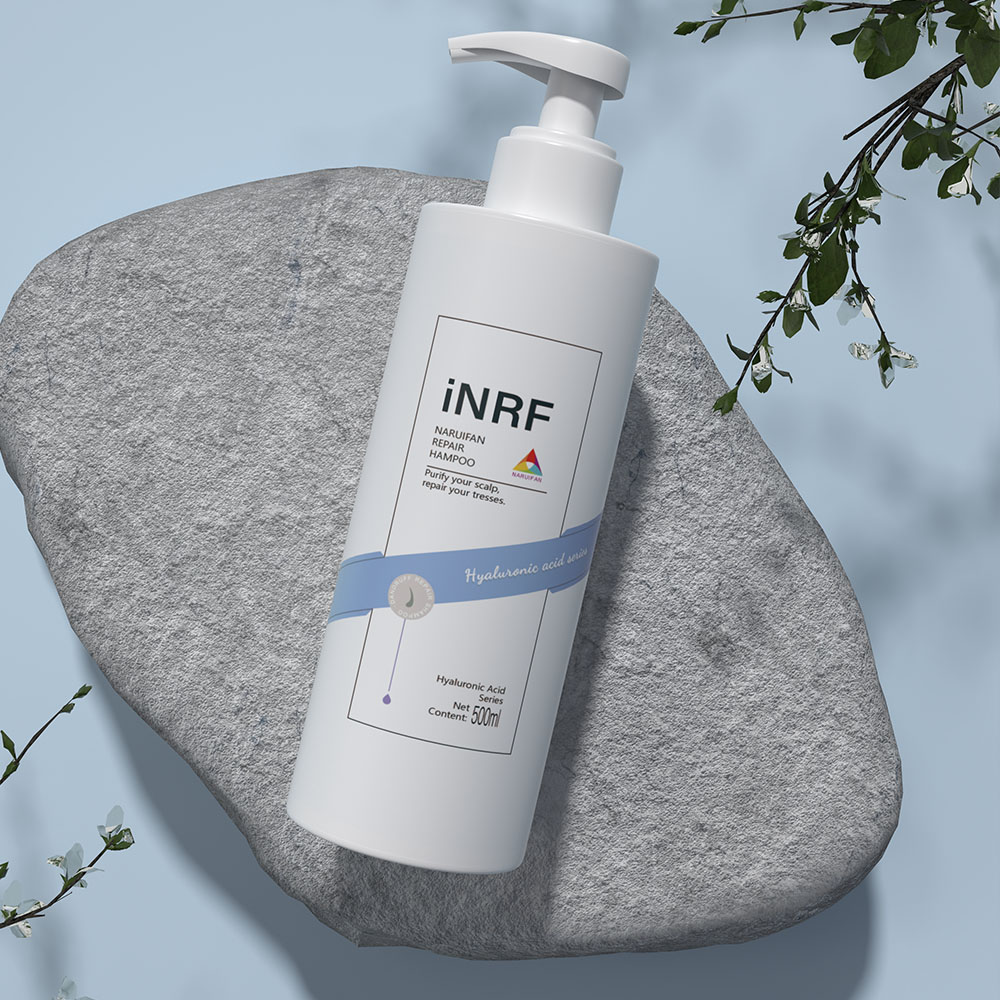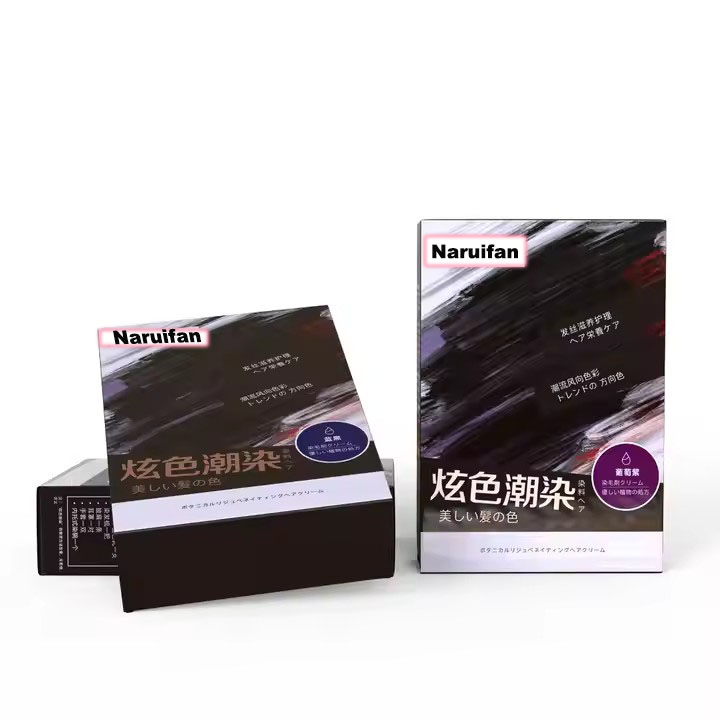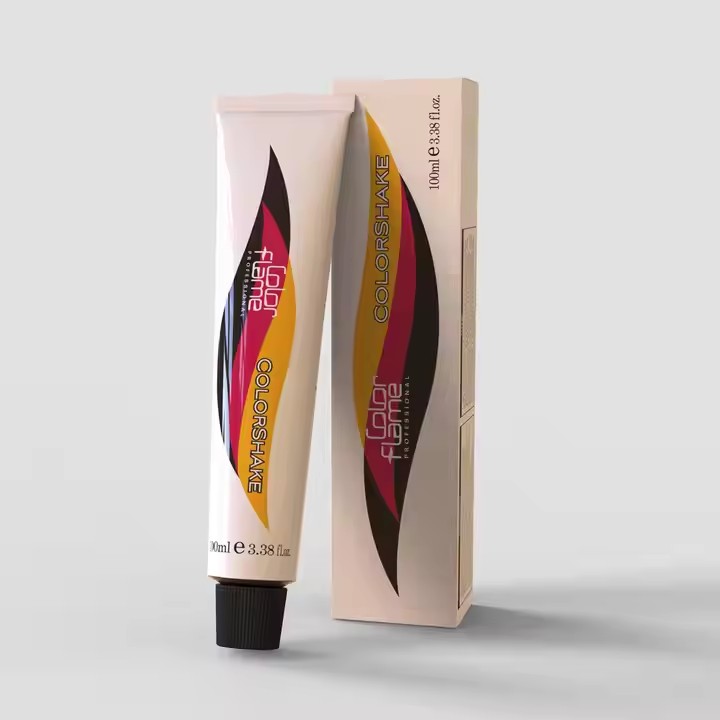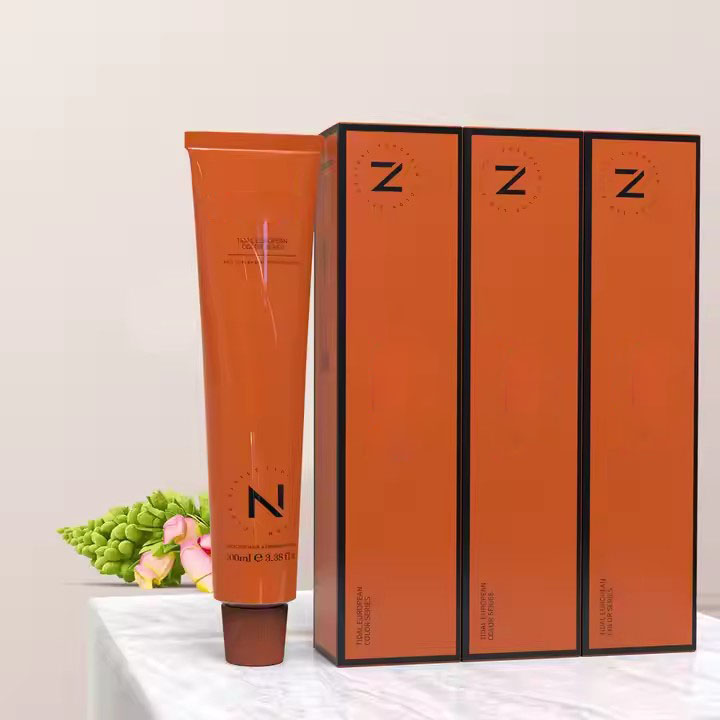For those who frequently dye their hair or purchase hair dye, the hair color numbering chart is a familiar sight. However, not many truly understand the meaning behind these codes composed of Arabic numerals. These numbers conceal a wealth of professional knowledge, with different codes representing different colors. If you're still in the dark, follow along as we break it down.
According to international standards, hair dye numbers are divided into three parts: Base Shades, Intensifiers (Tool Colors), and Fashion Colors. Hair dyes are categorized based on these three parts during manufacturing. A quick glance at the color chart's numbering system makes it all clear.
Below, we'll explain these three parts in the simplest way possible, teaching you how to understand hair dye numbers and decipher the codes.
1. Hair dye numbers consist of Base Shades, Intensifiers, and Fashion Colors. Base shades control depth, intensifiers control tone, and fashion colors are combinations of base shades and pigments.
2. Base Shades start with a single digit (1-10) followed by a '0'. Intensifiers start with '0', followed by a double-digit number indicating the color.
3. In the color number:
· The first digit represents the depth level.
· The second digit represents the primary tone.
· The third digit represents the secondary tone.
This might still sound technical. Let's ditch the jargon and use simpler terms so you can easily understand these number combinations.

What are Base Shades?
Base shades are the natural hair colors, simply referred to as bases. They contain no added color pigments, only black components. Different base shades have varying proportions of black pigment, ranging from dark to light, divided into 10 levels indicated by numbers.
· Level 1 is the darkest hair color, a blue-black, with very high melanin content.
· Level 10 is the lightest hair color, with very little melanin remaining.
Think of it this way: a Level 10 base is like adding one-tenth part black to water – the water is slightly cloudy but still clear.
A Level 10 base results in a very light ash-blonde because hair color is composed of black, brown, red, and yellow pigments. Yellow pigment molecules are the smallest and most resistant to removal. So, even at a Level 10 base, the hair still contains trace amounts of yellow, giving it a slightly yellowish appearance.
On color charts, base shades are indicated by numbers like 3.0 or 3/0. The first digit is the level, and the second is '0'.
Base shades are primarily used for filling (pre-pigmentation) or adjusting color depth, especially when covering gray hair or dyeing light hair darker. They also play a role in complex color corrections. Base shades can be used alone, but the result will be a flat, solid color without other tones.
What are Intensifiers (Tool Colors)?
Intensifiers, also known as concentrates or pure pigments, are composed of 7-10 pure colors. They contain no base color and are used during coloring to correct, enhance tones, or neutralize unwanted colors. Simply put, they are pure pigment.
Since intensifiers contain no base color, their number starts with '0', followed by two identical digits indicating the color. For example:
· 0/11 represents Ash/Gray
· 0/22 represents Violet
· 0/33 represents Gold
· 0/44 represents Copper
· 0/55 represents Mahogany
· 0/66 represents Red
· 0/77 represents Green
· 0/88 represents Blue
· 0/99 represents Brown
Composition of Fashion Colors
Fashion colors are the common hair dyes you see, all consisting of two or three-digit numbers. Once you understand base shade and intensifier numbering, you can decipher the hair dye codes.
For example, 7/33 is Golden Brown (or Brown-Gold).
· 7 indicates the depth level (medium blonde).
· The second digit, 3, is the primary tone (Gold).
· The third digit, 3, is the secondary tone (also Gold, emphasizing the gold tone).
A Level 7 gold, combined with the hair's underlying pigment, results in a golden brown color.
By extrapolating this logic, you can determine the color based on the number combinations on the color chart.
Practical Application and Developer Selection
Understanding hair dye numbers is one part; when dyeing your hair, you also need to consider your natural hair color (base level), calculate the difference from your target color, and choose the corresponding developer (double-oxygen cream).
If the color difference is too large for lightening, pre-lightening (bleaching) may be necessary. The hair's base must reach a level close to the target color's level to achieve the shade shown on the chart.
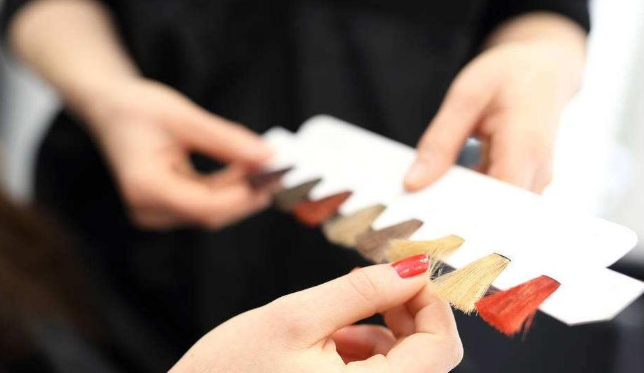
For colors within Level 6 (e.g., 6/5), bleaching is usually not required. For example:
· Your natural base: Level 3
· Target color: Level 5
· Color Difference: 5 - 3 = 2 levels.
· Use a 9% (30 volume) developer with the 6/5 dye to achieve the color.
If you have a Level 3 base and want to dye it 8/41:
· Color Difference: 8 - 3 = 5 levels.
· This exceeds 3 levels of lift, which is difficult to achieve directly. The highest developer concentration (12% or 40 volume) typically lifts only up to 3 levels. The remaining 2 levels would require pre-lightening (bleaching) to lighten the hair sufficiently before applying the target color.
Home Hair Dyeing Tips
For home hair dyeing, it's safest to choose colors within Level 6. Follow the instructions carefully.
If you aim for colors lighter than Level 6, it's advisable to visit a professional salon. Lighter colors are more challenging to achieve at home, carry a higher risk of uneven results (patchiness), and can be more damaging to hair.
For more information or to discuss your specific requirements for wholesale perming solution sourcing, please contact us. We welcome your inquiries and look forward to building a valuable collaboration.

